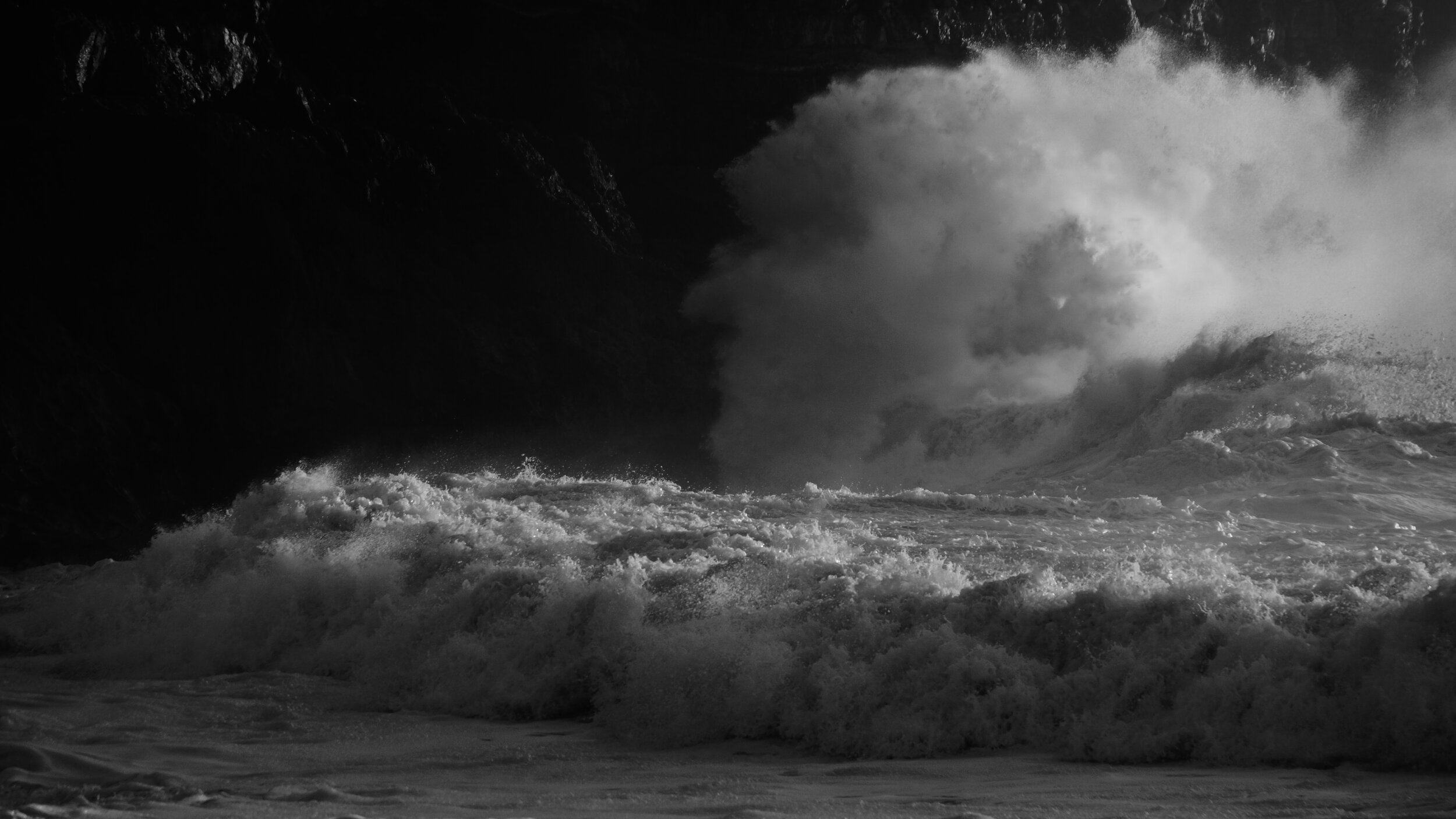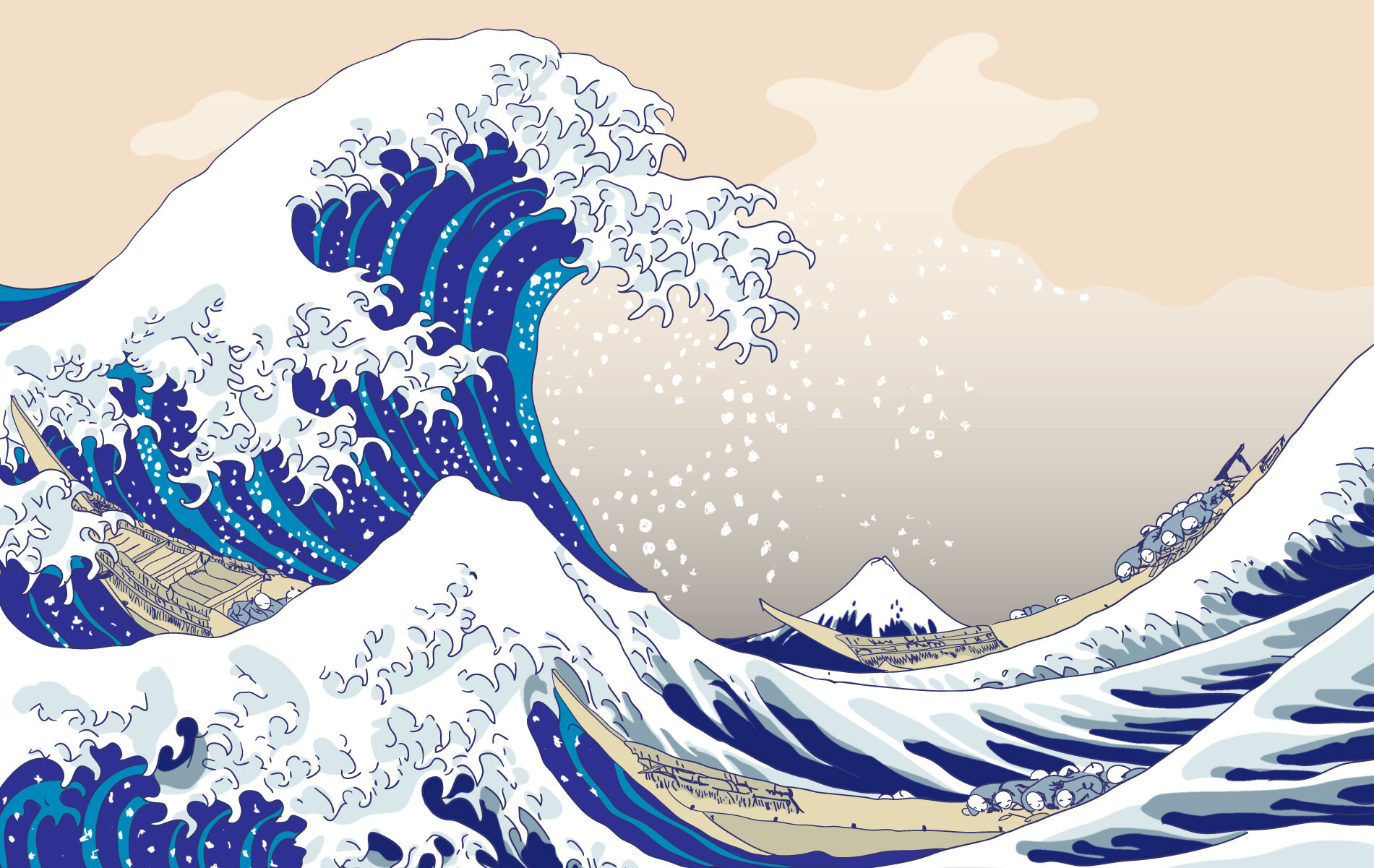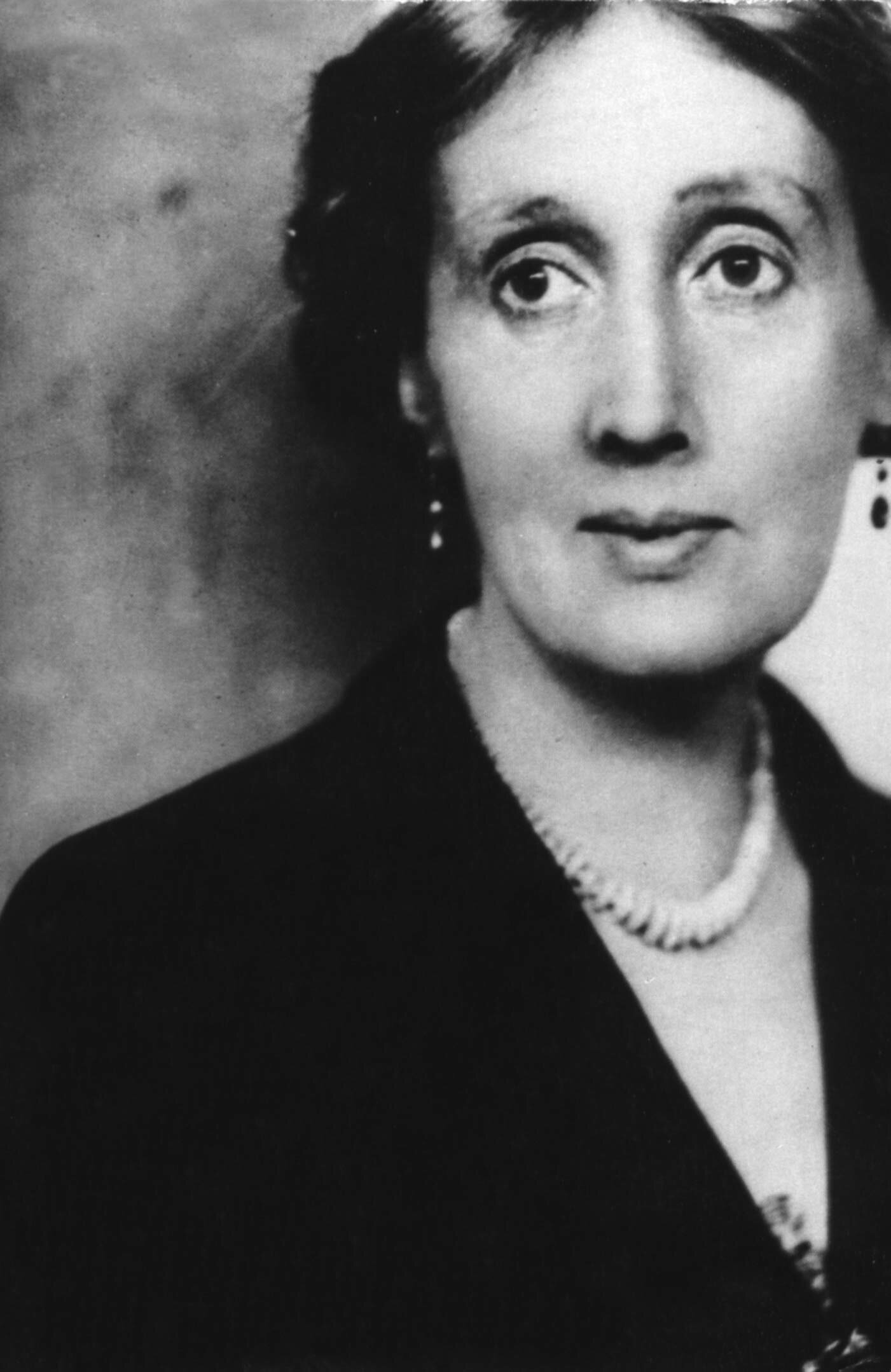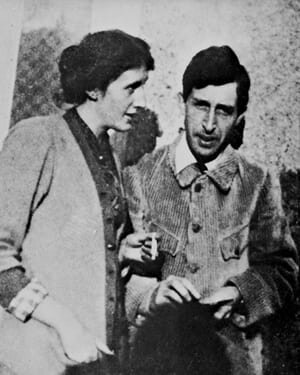Some introductory thoughts on The Waves
This is an extract from Trudi Tate’s lecture on The Waves, Literature Cambridge Study Day, 21 September 2019, Stapleford Granary.
The Waves (1931) was Woolf’s seventh novel, published in October 1931. This was an incredibly productive period of Woolf’s life. (1) In the previous few years, she had published Mrs Dalloway and The Common Reader (1925); To the Lighthouse (1927); Orlando (1928); A Room of One’s Own (1929), and then The Waves in 1931, followed by The Common Reader (2nd series) in 1932 and Flush in 1933.
All of Woolf’s books are different; each book explores different ideas, and tries new techniques. She worked on several books at the same time, alongside essays, reviews, letters, and her diary. Her mind was frequently moving between very different kinds of thinking and writing. Mainly, each act of thinking and writing helped her to do another. The various works opened doors or windows in her mind, shedding light as if from one room to another.
*
Woolf finished writing The Waves in July 1931. ‘Yes,’ she wrote in her diary on 17 July, ‘This morning I think I may say I have finished. That is to say I have once more, for the 18th time, copied out the opening sentences.’ (35) As always, her husband Leonard Woolf was the first to read the entire book. She valued his judgement. She was not sure that he would like it, but he did, and praised it highly:
‘It is a masterpiece,’ said L. coming out to my lodge this morning. ‘And the best of your books.’ This note I make; adding that he also thinks the first 100 pages extremely difficult, & is doubtful how far any common reader will follow. But Lord! what a relief!’ (2)
Many people wrote to say how much they liked The Waves. Often they commented on the unusual form of the book. Winifred Holtby, for example, wrote:
it is a poem, more completely than any of your other books, of course. It is most rarely subtle. It has seen more deeply into the human heart, perhaps, than even to the Lighthouse … (3)
Similarly, John Lehmann called it ‘an entirely new method’:
There seems to me only the thinnest wall between such a novel & poetry. You somehow maintain the speed of prose & the intensity of poetry. (4)
He also called it difficult, but he loved the book, and Woolf valued his response. Woolf herself called it difficult, too. It’s a word used for both praise and blame. For some, ‘difficult’ means exciting, challenging, worth reading. For others, difficult means they don’t enjoy reading it, find that it takes too much effort or skill to read. Difficult. (5) But why should a book be easy, after all?
*
The experience of reading The Waves is unique. Some readers love the way it transports them somewhere else. Some people read the whole book through in one or two sittings; others struggle to read even short sections. Despite the challenges, The Waves sold well, and made money.
Woolf remarked in 1930 that she wrote the book to a rhythm, not a plot. (6) This is one reason for its strange, often mesmerising atmosphere. Rather than structured by a plot, the book might be seen as a set of stories, thoughts, and feelings, which take place over time, across the 9 sections or episodes. If we had to summarise it:
The Waves is narrated by six voices; three women and three men who know one another from early childhood. It starts in nursery school where all the children are together. Soon they are divided by gender. They go to school (several schools). Then, some go to university; others go to work, home or finishing school. Then there is work, marriage, children (for some); bereavement, success, disappointment, satisfaction; middle age; old age.
This bare outline gives no sense of what the book is like to read. It is narrated in a series of soliloquies. We see the contours of the characters’ minds; we know them intimately, yet we almost never see them interact with one another. The book is about how we can know one another closely, and yet don’t know one another at all. No book is quite like it. Sometimes reading it is an extraordinarily intense experience; we feel it deeply; we inhabit the characters, and they inhabit us. Yet moments later when we look up from the book, it can be hard to remember what we just read. As an experience, it can be eerily like dreaming.
Notes
(1) Gillian Beer, introduction to the OUP edition of Waves, 1992, 12-13.
(2) Woolf, Diary IV, 19 July 1931, 36.
(3) Woolf, Diary IV, 22 Sept 1931, 45.
(4) Woolf, Diary IV, 16 Sept. 1931, 44.
(5) And what does difficult mean? ‘Needing much effort or skill to accomplish, deal with, or understand’. ‘Characterized by or causing hardships or problems.’ Of a person: ‘not easy to please or satisfy; awkward.’ OED.
(6) ‘I say I am writing The Waves to a rhythm not to a plot.’ VW, Diary III, 2 September 1930, 316.









